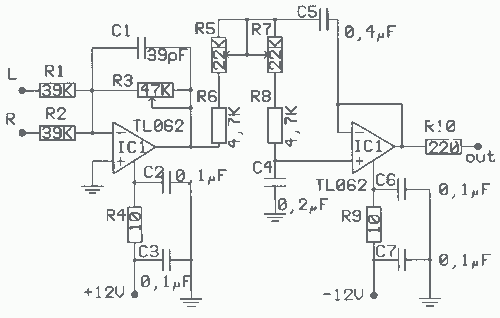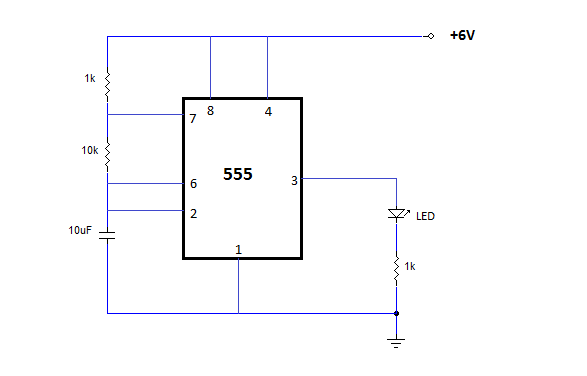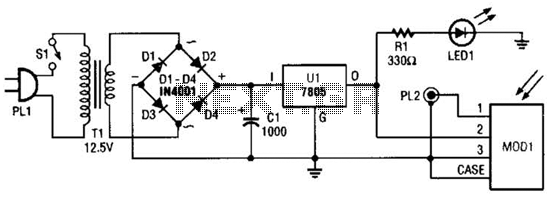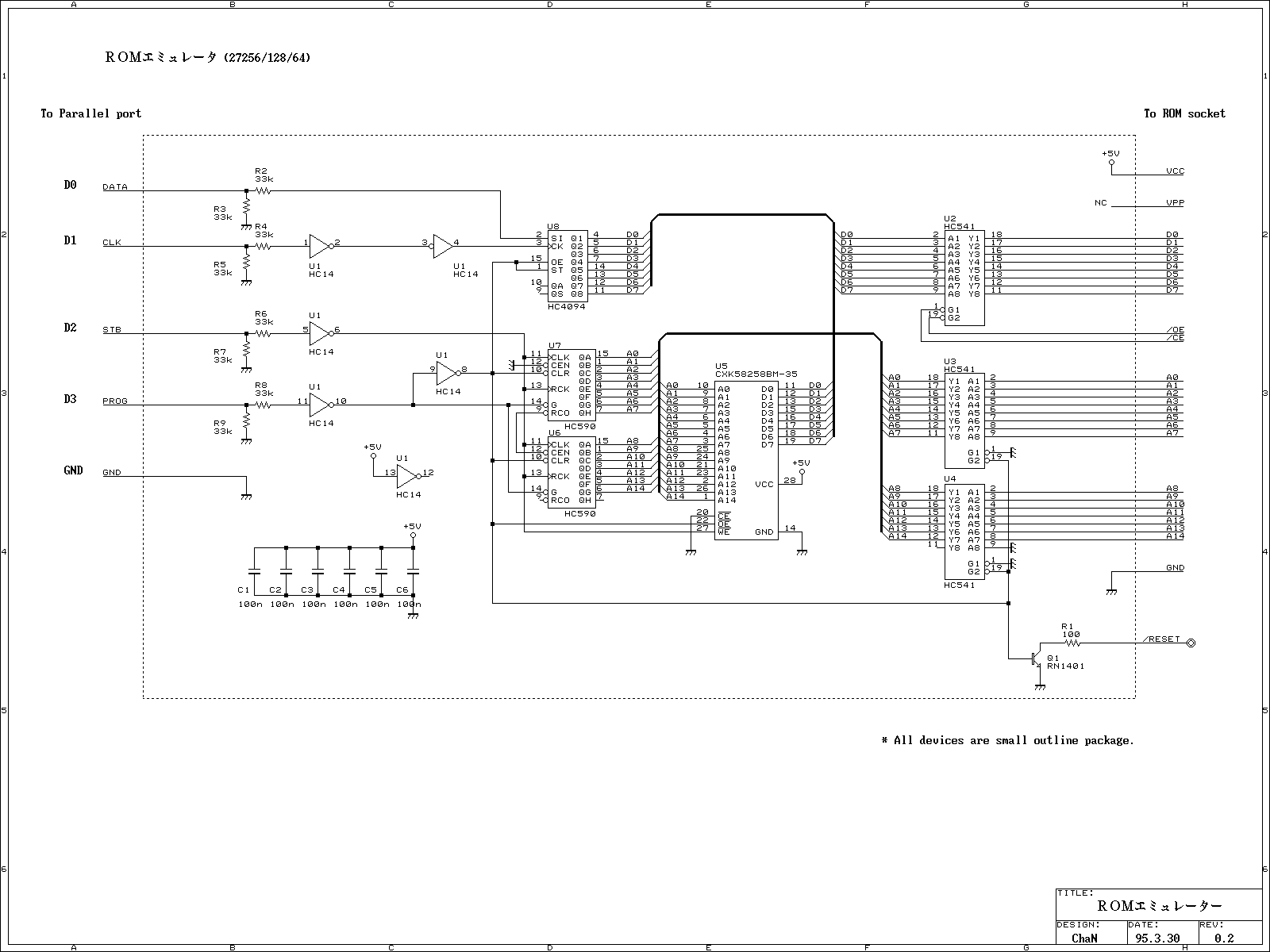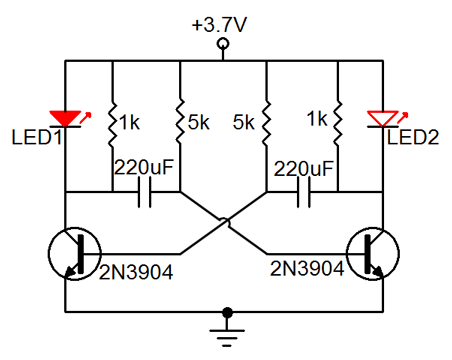
RF field strength meter circuit
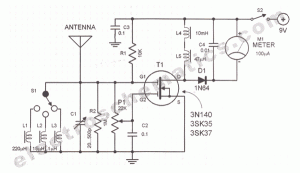
A sensitive and reliable RF field strength meter is an invaluable instrument in amateur radio and in the radio-controlled model area. A field strength meter is.
A radio frequency (RF) field strength meter is a specialized device used to measure the strength of electromagnetic fields generated by RF signals. This instrument is essential for amateur radio operators and hobbyists involved in radio-controlled models, as it provides critical feedback on signal quality and strength.
The RF field strength meter typically consists of an antenna, a signal processing unit, and a display module. The antenna captures the RF signals from the environment, converting them into electrical signals. The signal processing unit amplifies and filters these signals to eliminate noise and enhance clarity. The processed signals are then displayed on an analog or digital readout, allowing users to assess the strength of the RF field in real-time.
Key features of a reliable RF field strength meter include a wide frequency range to accommodate various RF applications, high sensitivity to detect weak signals, and a robust design to withstand outdoor conditions. Additionally, some models may offer features such as data logging, frequency scanning, and the ability to interface with computers for detailed analysis.
Proper calibration of the RF field strength meter is crucial for accurate measurements. Regular maintenance and testing against known reference signals ensure that the device remains reliable over time. Understanding how to interpret the readings from the meter is also vital for effective use, as it can inform adjustments to antenna positioning, transmitter power levels, and overall system performance in both amateur radio setups and radio-controlled model operations.A sensitive and reliable rf field strength meter is an invaluable instrument in amateur radio and in radio controlled model area. A field strength meter is. 🔗 External reference
A radio frequency (RF) field strength meter is a specialized device used to measure the strength of electromagnetic fields generated by RF signals. This instrument is essential for amateur radio operators and hobbyists involved in radio-controlled models, as it provides critical feedback on signal quality and strength.
The RF field strength meter typically consists of an antenna, a signal processing unit, and a display module. The antenna captures the RF signals from the environment, converting them into electrical signals. The signal processing unit amplifies and filters these signals to eliminate noise and enhance clarity. The processed signals are then displayed on an analog or digital readout, allowing users to assess the strength of the RF field in real-time.
Key features of a reliable RF field strength meter include a wide frequency range to accommodate various RF applications, high sensitivity to detect weak signals, and a robust design to withstand outdoor conditions. Additionally, some models may offer features such as data logging, frequency scanning, and the ability to interface with computers for detailed analysis.
Proper calibration of the RF field strength meter is crucial for accurate measurements. Regular maintenance and testing against known reference signals ensure that the device remains reliable over time. Understanding how to interpret the readings from the meter is also vital for effective use, as it can inform adjustments to antenna positioning, transmitter power levels, and overall system performance in both amateur radio setups and radio-controlled model operations.A sensitive and reliable rf field strength meter is an invaluable instrument in amateur radio and in radio controlled model area. A field strength meter is. 🔗 External reference
